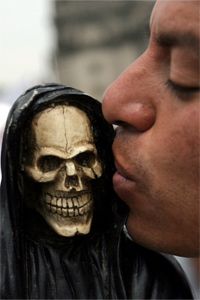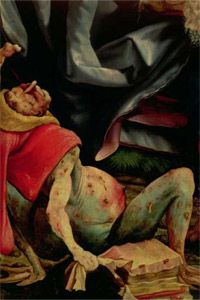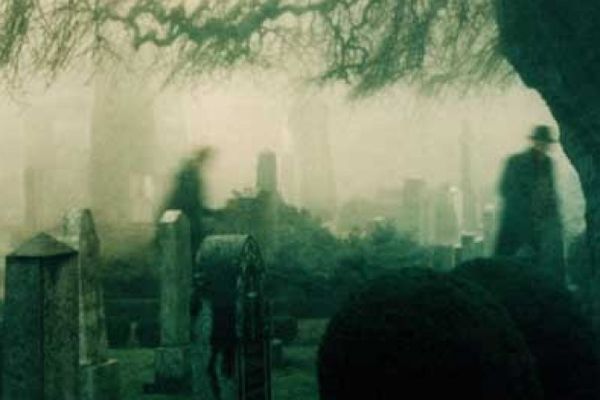As the saying goes, nothing in life is certain exceptdeathand taxes. We know taxes well. There are forms, rates and codes. We circle April 15 on our calendars in bold, red strokes, making the day stand out like a swollen thumb. And, of course, in the United States, there's the Internal Revenue Service, which collected more than $2.4 trillion in revenue and processed more than 235 million tax returns in 2007 alone [source:Internal Revenue Service].
But what about death? For most of us, the other certainty of being human is not nearly so concrete. According to biologists, death is the total cessation of life processes that eventually occurs in all living things. Unfortunately, that definition doesn't paint a vivid picture. It doesn't tell us what it's like to die. What will it feel like? What will we see? What will we do? Where will we go?
Advertisement
Enter theGrim Reaper, the black-cloaked, scythe-wielding personification of death. We all know exactly who he is and what he wants. He comes for every person, hourglass in hand, waiting for the last grain of sand to fall. When it does, he collects the soul with a well-practiced cut of his razor-sharp blade. It may not be a pleasant image, but it is clear and unmistakable.
Ultimately, this is the "job" of the Grim Reaper -- to put a human face on the concept of death. But why did humans feel compelled to make the Grim Reaper, well, so grim? Why not make him a friendly and helpful guide to the underworld? And why, for that matter, does he have to be a guy?
We'll address all of these questions on the next few pages. We'll look at the origin of the Grim Reaper, the symbolism associated with his form and figure, and how he's represented in other cultures. We'll also examine how painters, writers and filmmakers have portrayed the Reaper in their works. When we're done, you'll know who the Grim Reaper is (should you spy him lurking by your deathbed), how he works and, most important, why he exists at all.
As Lewis Carroll once said, it's best to begin at the beginning. And for the Grim Reaper, the beginning can be found in the creation myths present in all cultures.
Advertisement








